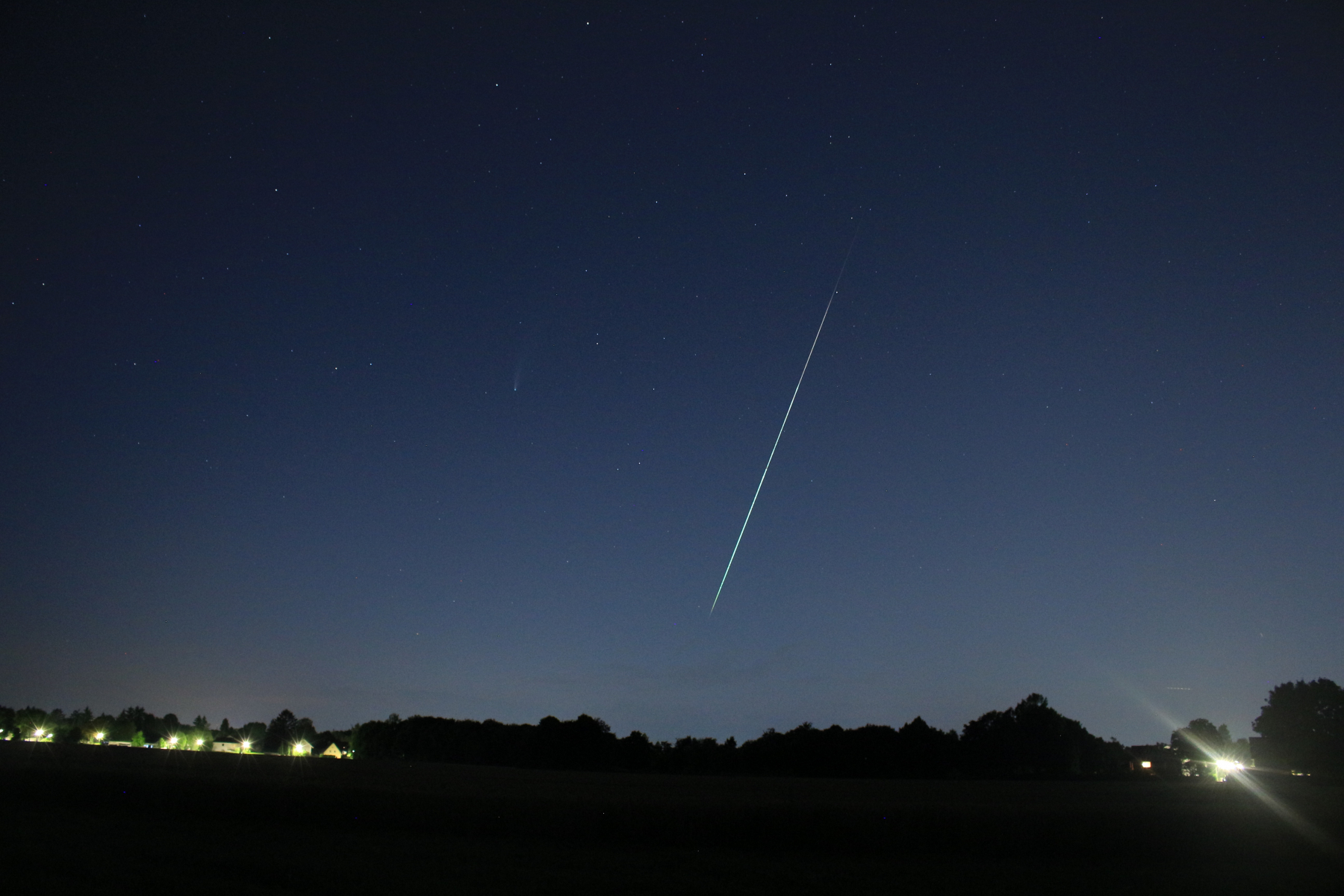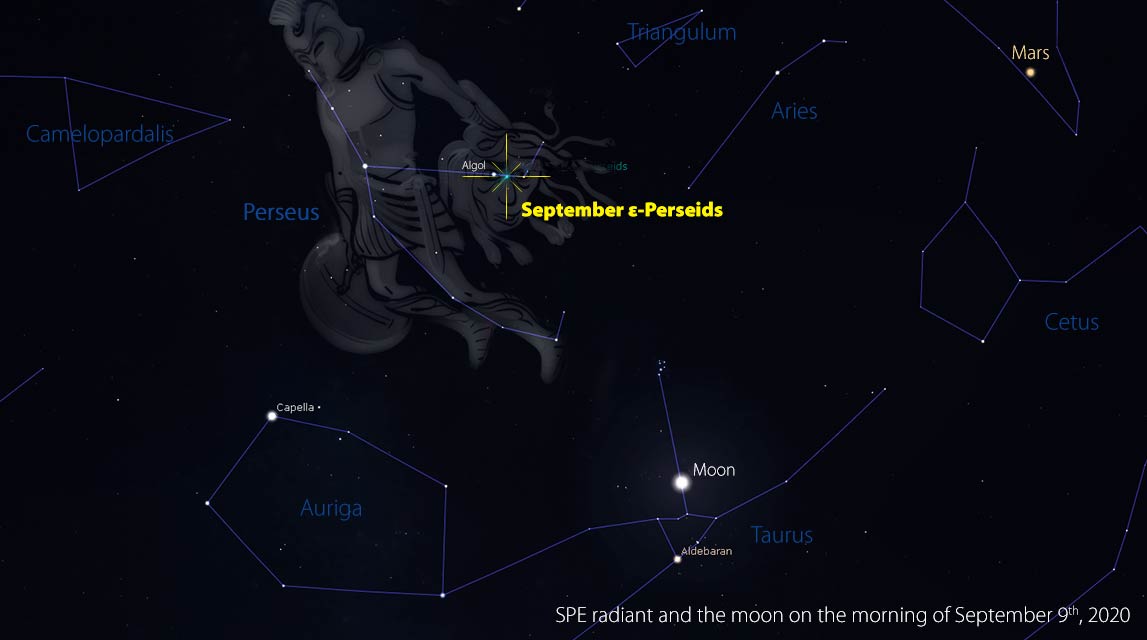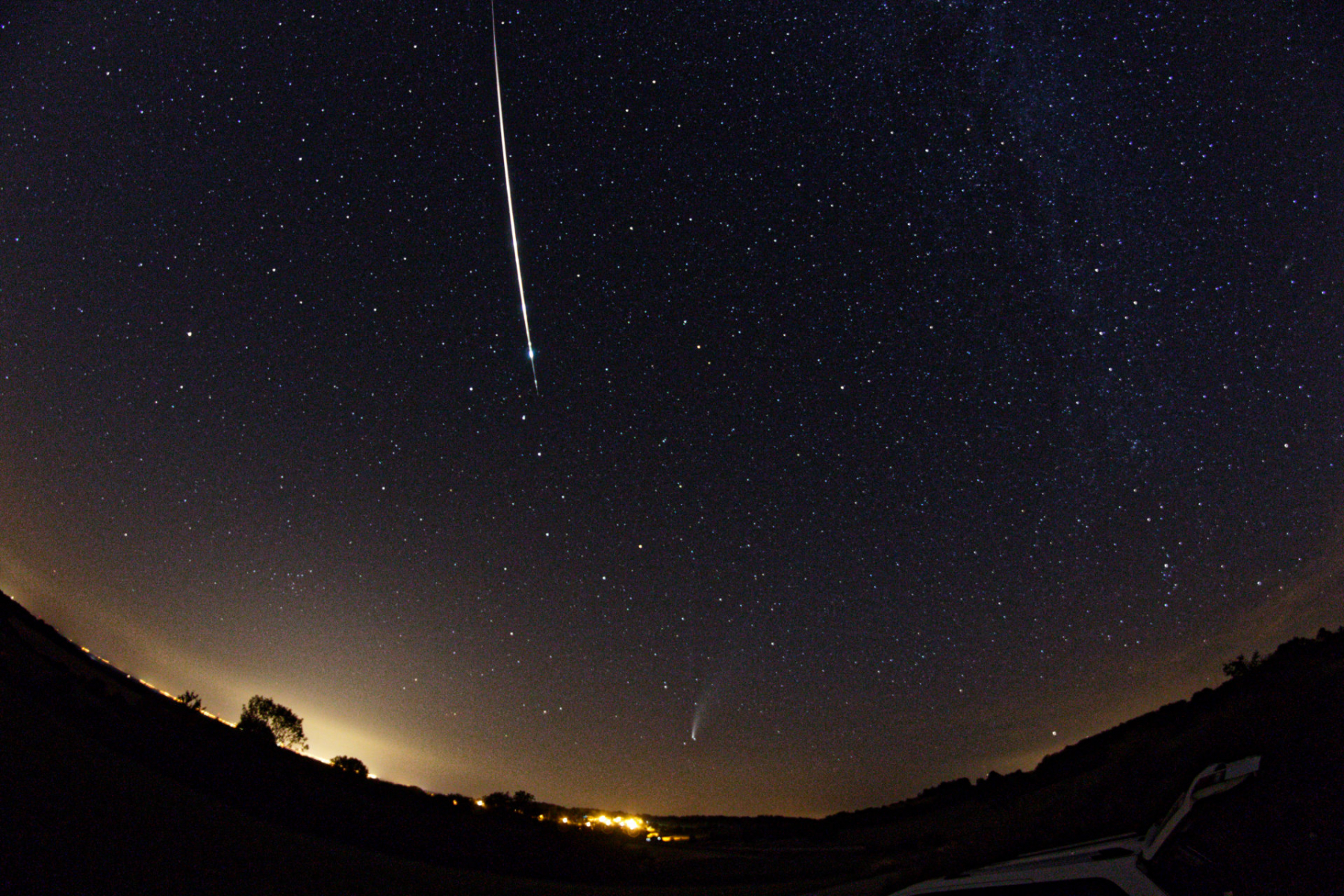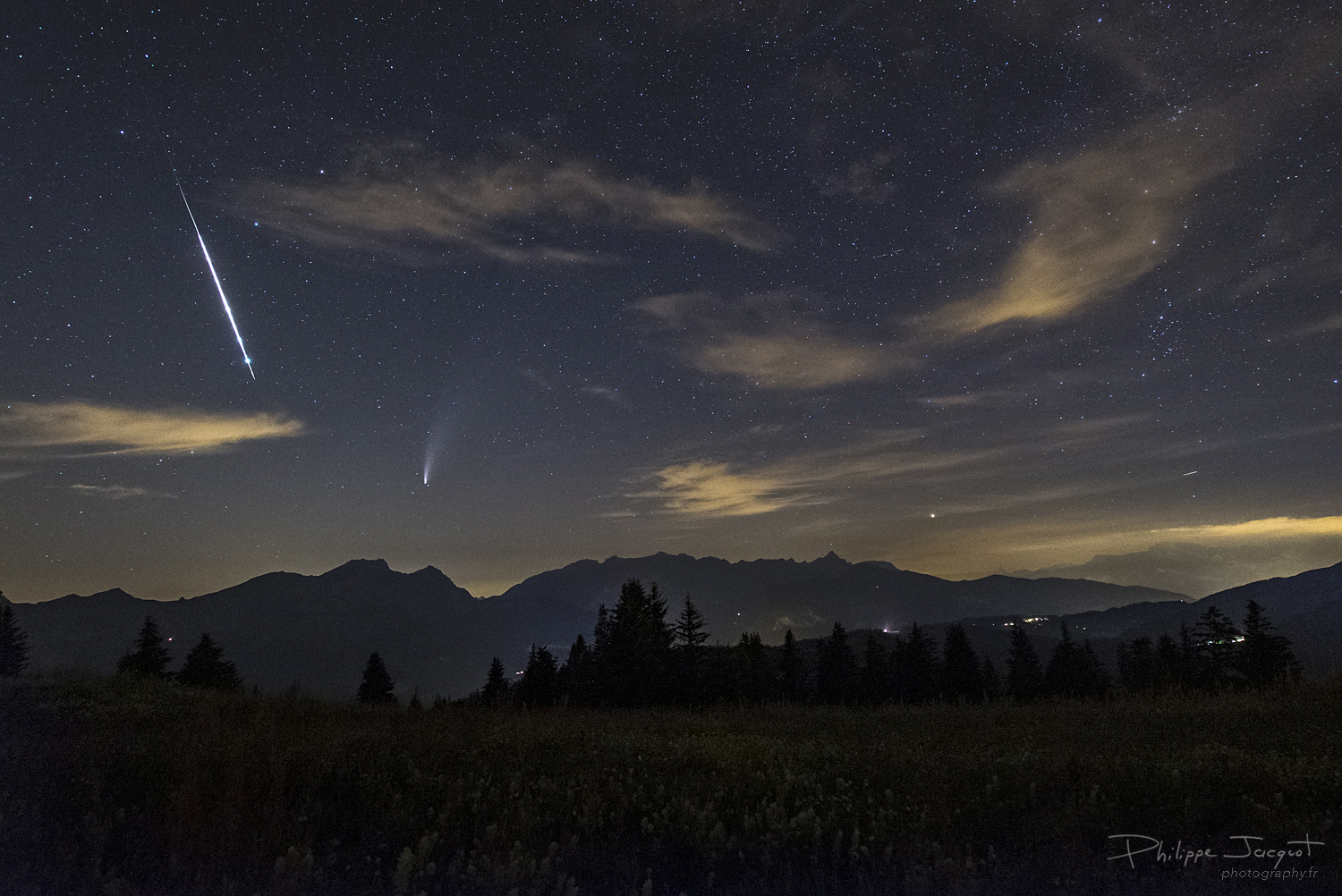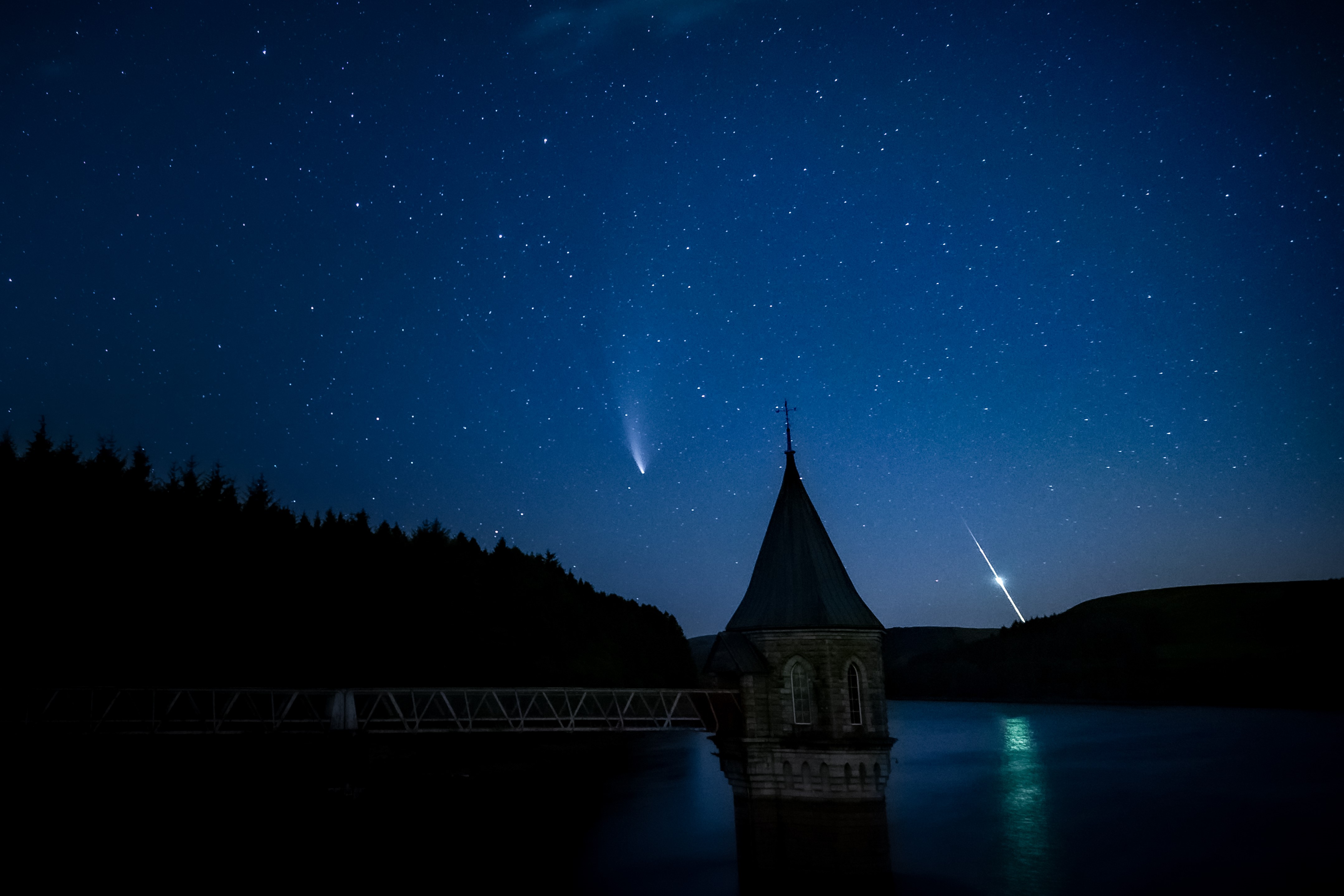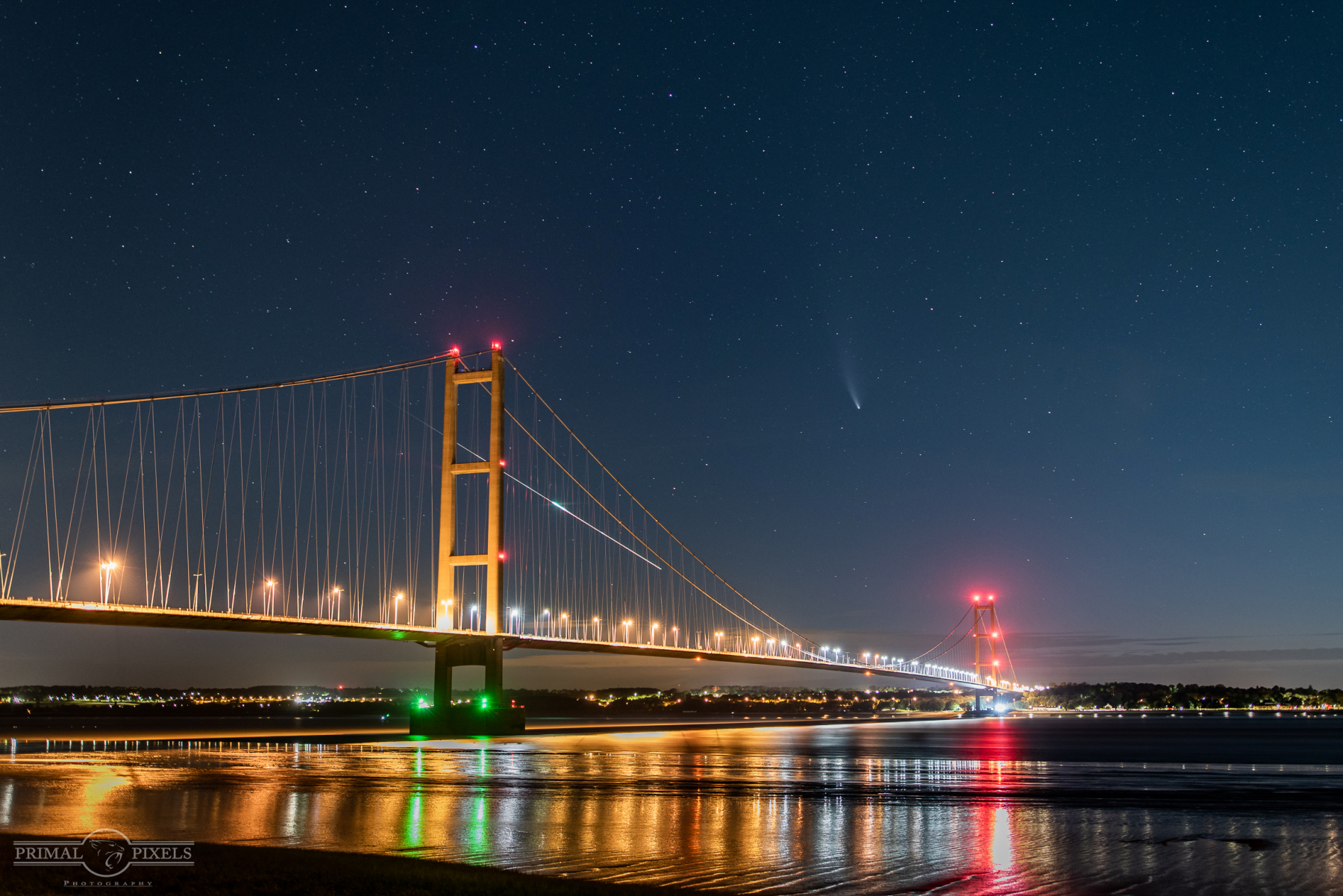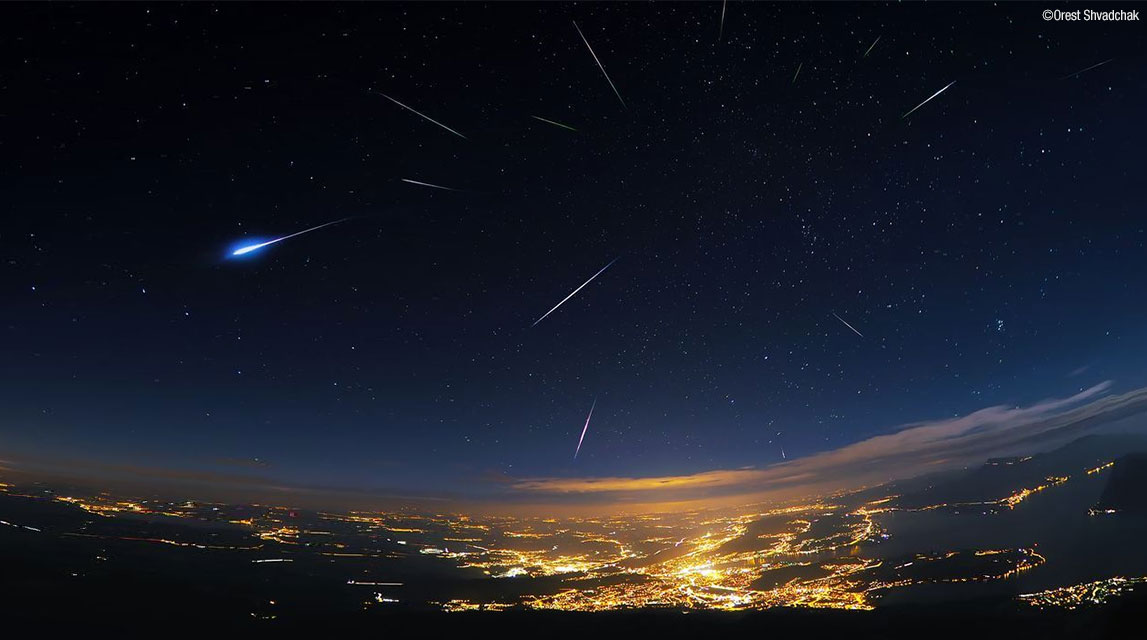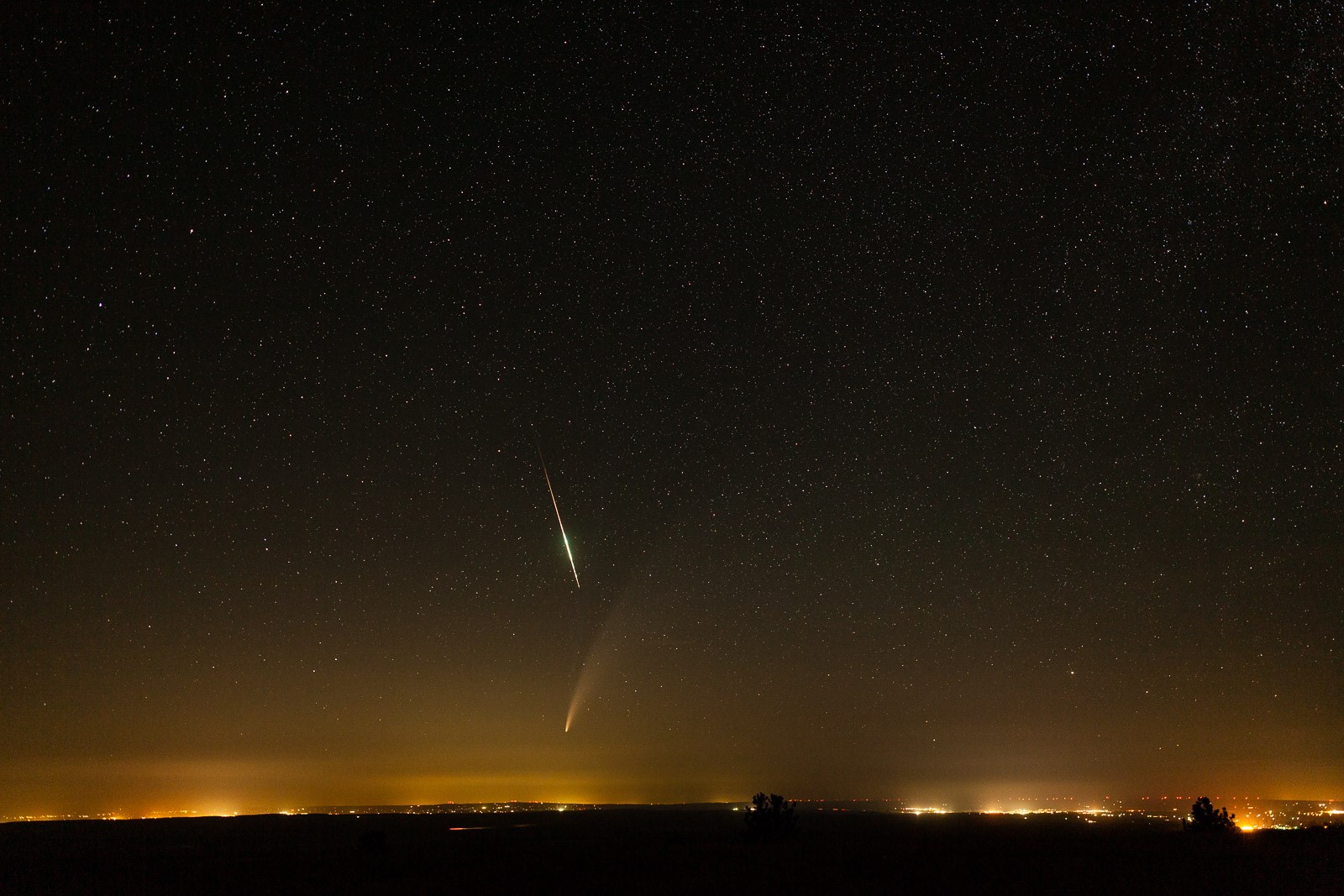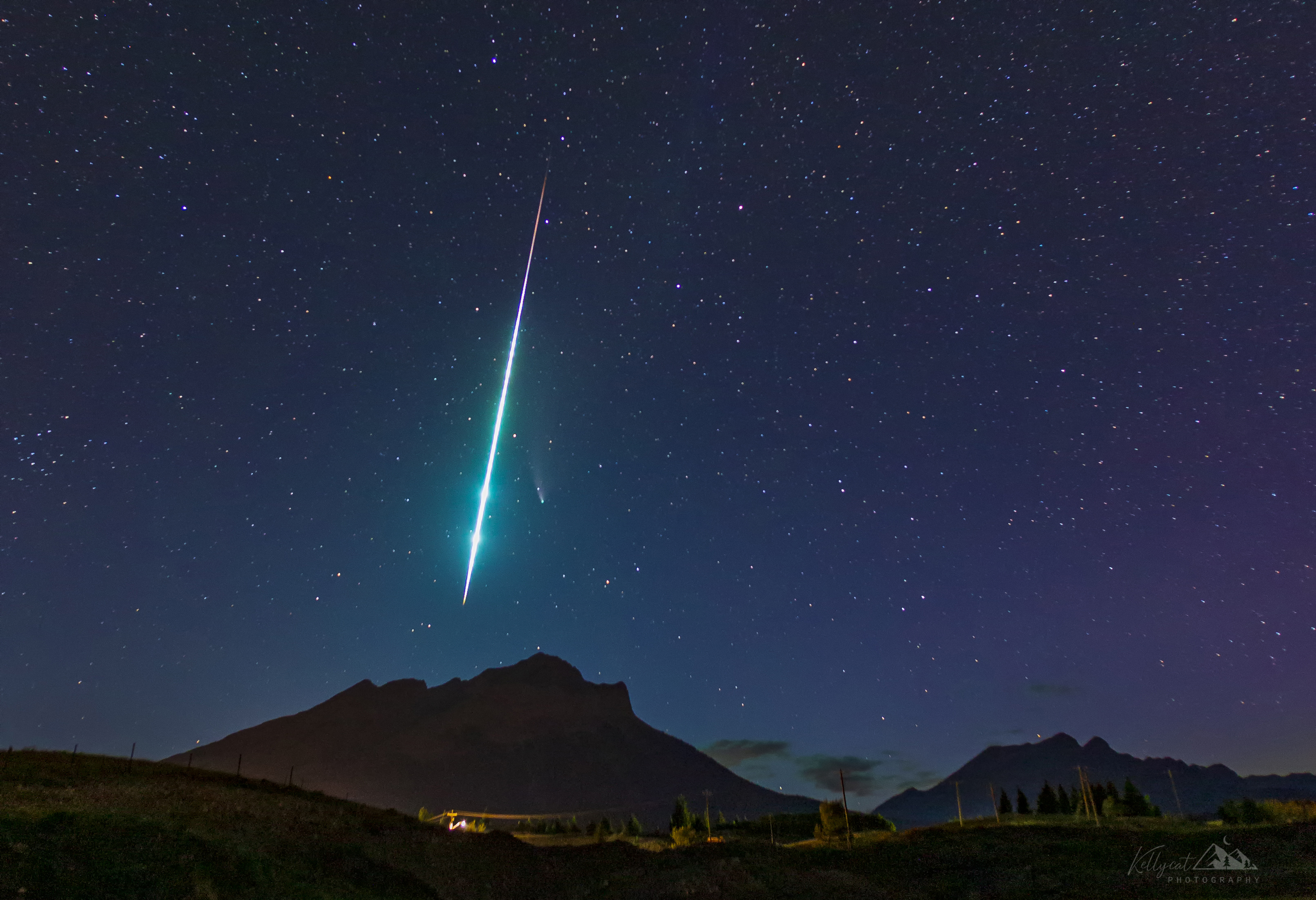
Meteor Activity Outlook for September 19-25, 2020
During this period, the moon reaches its first quarter phase on Wednesday September 23rd. At this time, the half-illuminated moon is located 90 degrees east of the sun and sets near 2300 local daylight saving time (LDST). This weekend the waxing crescent moon will set during the early evening hours and will not interfere with meteor observing.
 American Meteor Society
American Meteor Society
